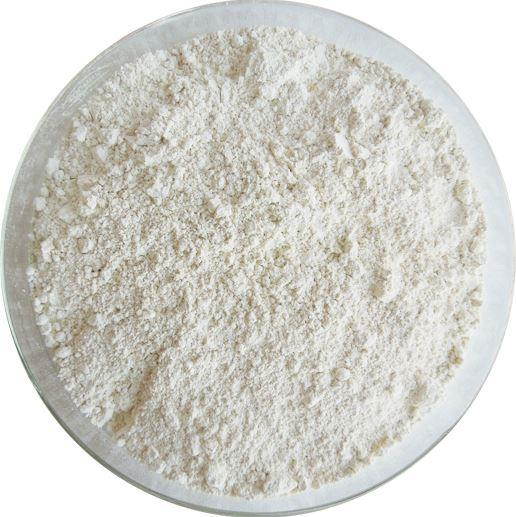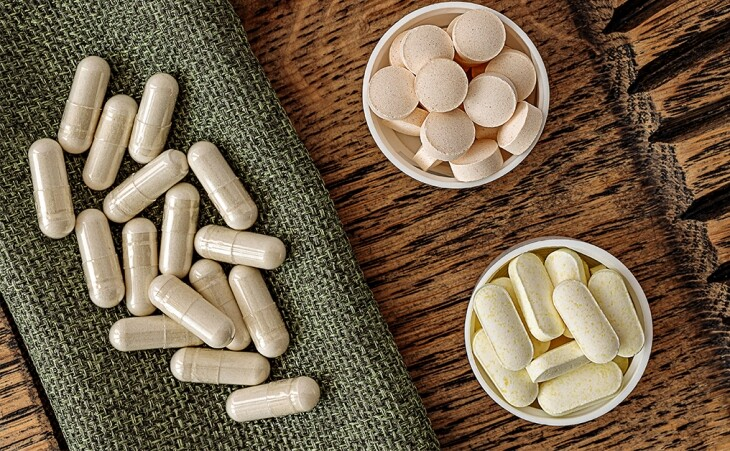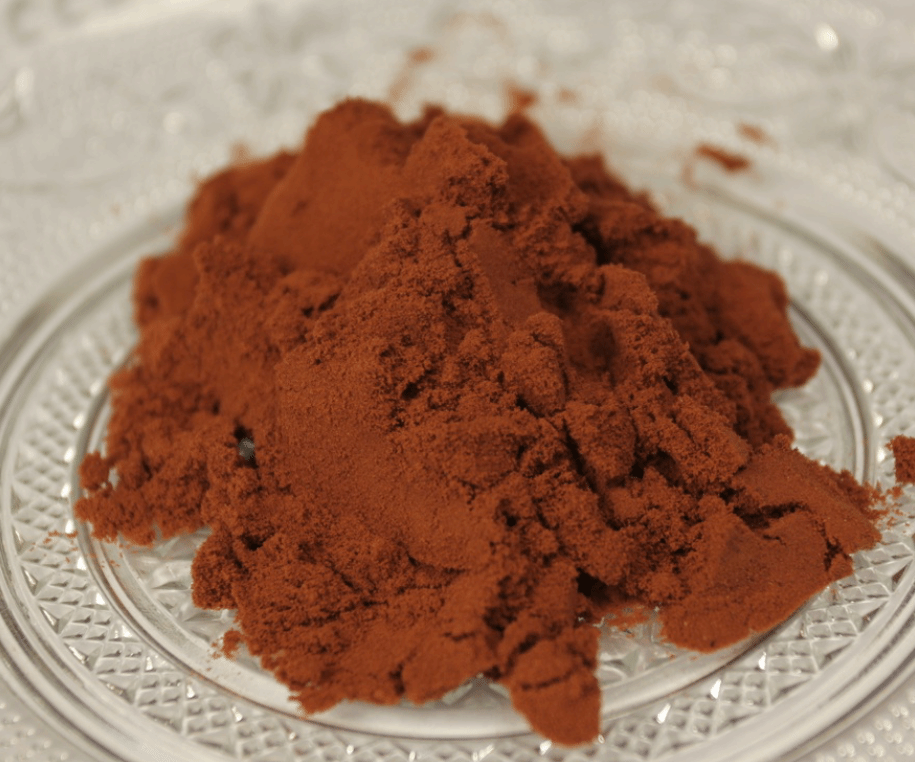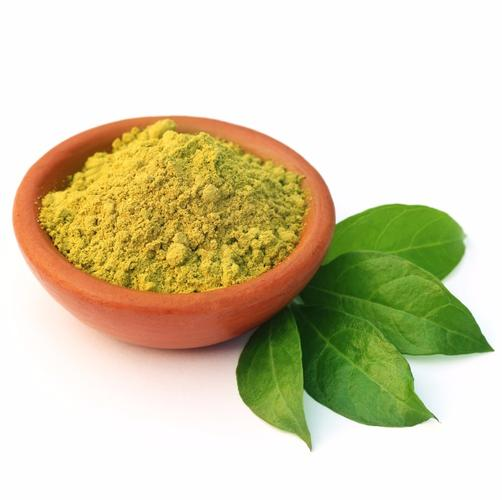Pharmacological Effects and Health Benefits of Dihydromyricetin
Dihydromyricetin, extracted from the plant Ampelopsis grossedentata, is a major active flavonoid compound found in this tea. It possesses a range of remarkable pharmacological effects, including free radical scavenging, antioxidant, antithrombotic, antitumor, and anti-inflammatory properties. Dihydromyricetin is particularly effective in mitigating alcohol toxicity, preventing alcoholic liver disease and fatty liver, inhibiting liver cell deterioration, reducing liver cancer incidence, lowering blood pressure, inhibiting platelet aggregation and thrombus formation, reducing blood lipids and blood sugar levels, enhancing SOD activity, and protecting the liver.

Antibacterial Properties
Pharmacological studies have shown that dihydromyricetin exhibits antibacterial effects against various bacteria and fungi, including Bacillus subtilis, Staphylococcus aureus, Salmonella, Escherichia coli, Klebsiella pneumoniae, Saccharomyces cerevisiae, Rhodotorula, Penicillium, Aspergillus niger, Aspergillus flavus, Mucor, and Rhizopus. It is particularly effective against Gram-positive and Gram-negative cocci or bacilli.
Regulation of Blood Sugar and Lipids
Gavage pharmacological experiments in mice have demonstrated that dihydromyricetin can significantly inhibit blood sugar elevation induced by alloxan, adrenaline, and streptozotocin, while increasing serum insulin levels and reducing lymphocyte infiltration and inflammation in pancreatic tissue, thereby increasing the number of islets. In streptozotocin-induced hyperglycemic rats, dihydromyricetin reduced serum triglyceride (TG) levels but had no significant effect on total cholesterol (TC) and high-density lipoprotein cholesterol (HDL2C) levels.
Hepatoprotective Effects
Dihydromyricetin offers significant protection against carbon tetrachloride-induced hepatotoxicity in cultured rat liver cells and against D2-galactosamine and lipopolysaccharide-induced liver injury in mice. It accelerates the breakdown of acetaldehyde, a toxic ethanol metabolite, reducing liver cell damage, and improves serum lactate dehydrogenase activity caused by liver cell injury, inhibiting the formation of hepatic M cell collagen fibers. This protective effect helps restore normal liver function swiftly and significantly reduces ethanol-induced liver damage.
Antioxidant Activity
Dihydromyricetin with a purity of 98% significantly inhibits the formation of malondialdehyde (MDA) in rat heart, liver, and brain tissue homogenates, with its inhibitory effect increasing with higher concentrations. Dihydromyricetin with 99% purity shows a high scavenging rate of diphenylpicrylhydrazyl (DPPH) radicals in experimental systems. It effectively inhibits MDA formation in both animal and vegetable oils, with its antioxidant activity increasing with purity (60%-90%).
Antitumor Effects
Antitumor pharmacodynamic studies have revealed that one of the active components, ampelopsin, has strong anticancer properties. In vitro and in vivo studies have shown that this compound can inhibit tumor angiogenesis and enhance cellular immune function, thereby improving tumor treatment outcomes and patient quality of life. It has demonstrated significant antitumor effects in leukemia and nasopharyngeal carcinoma models.
Contact:James Yang
Tel/WhatsApp: +8619992603115
WeChat:19992603115
Email: sales@xabcbiotech.com











